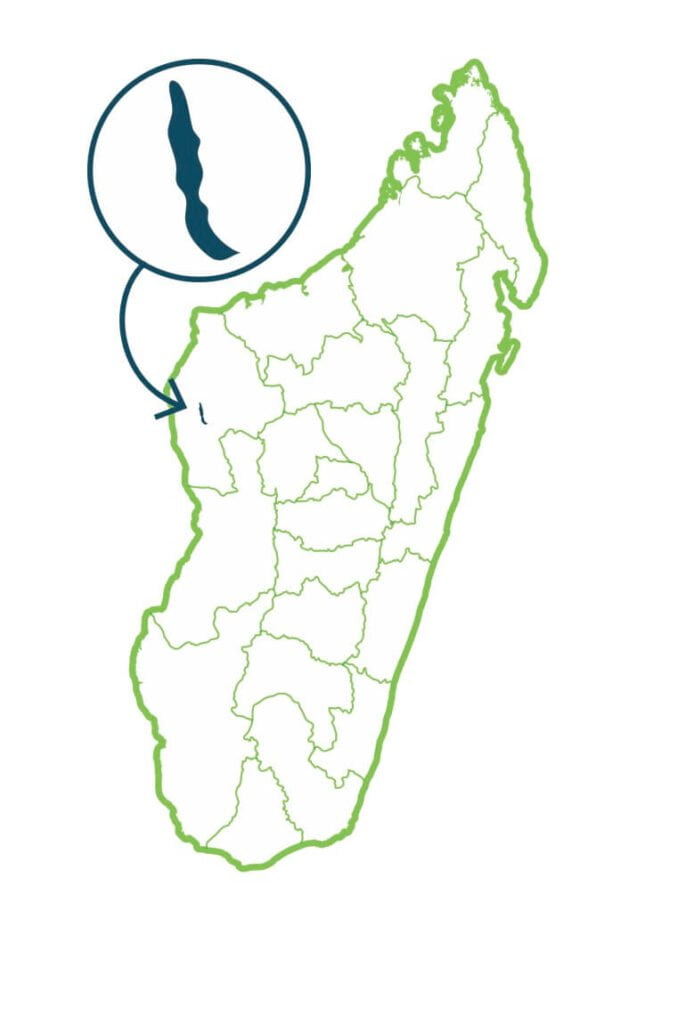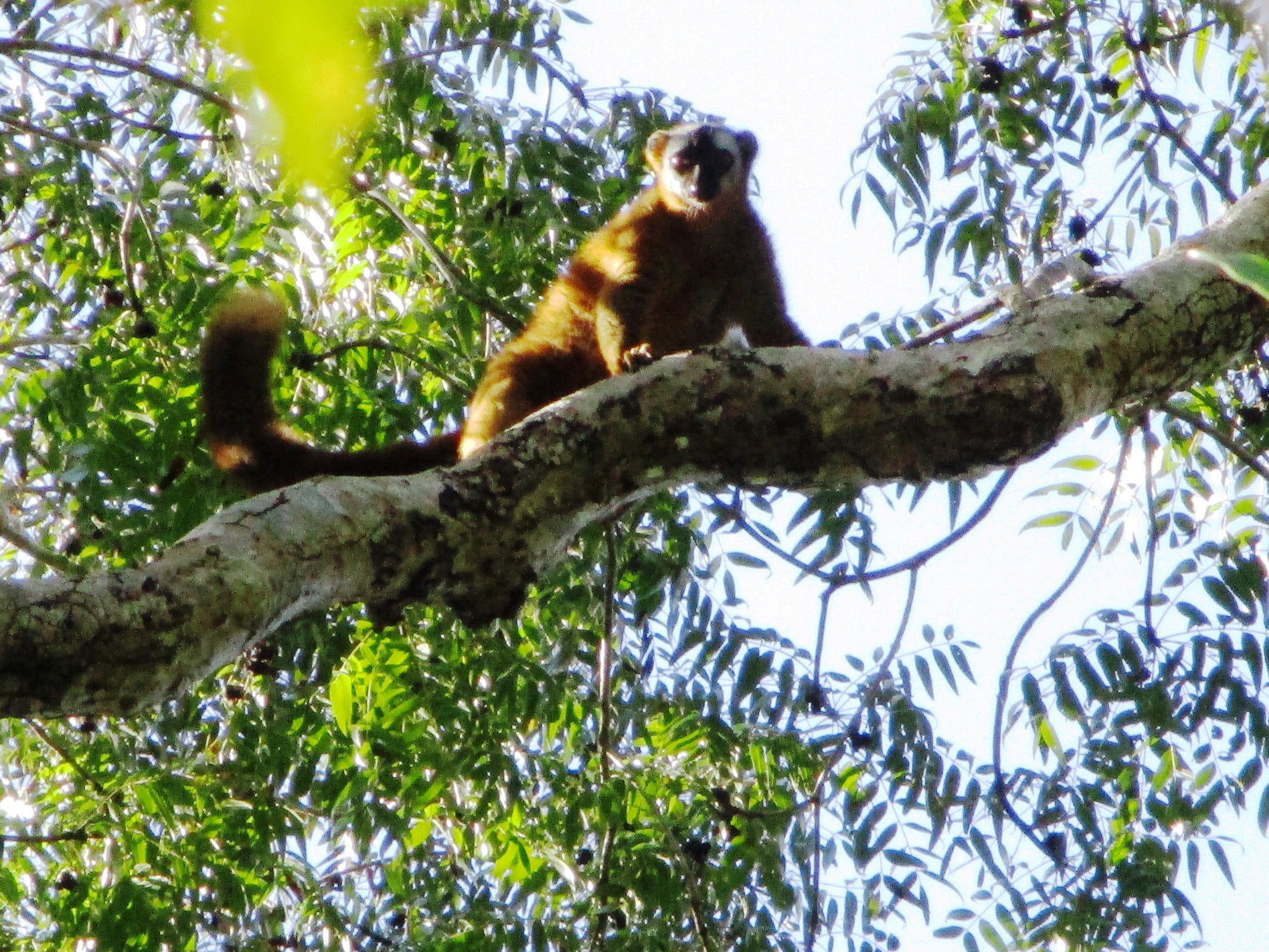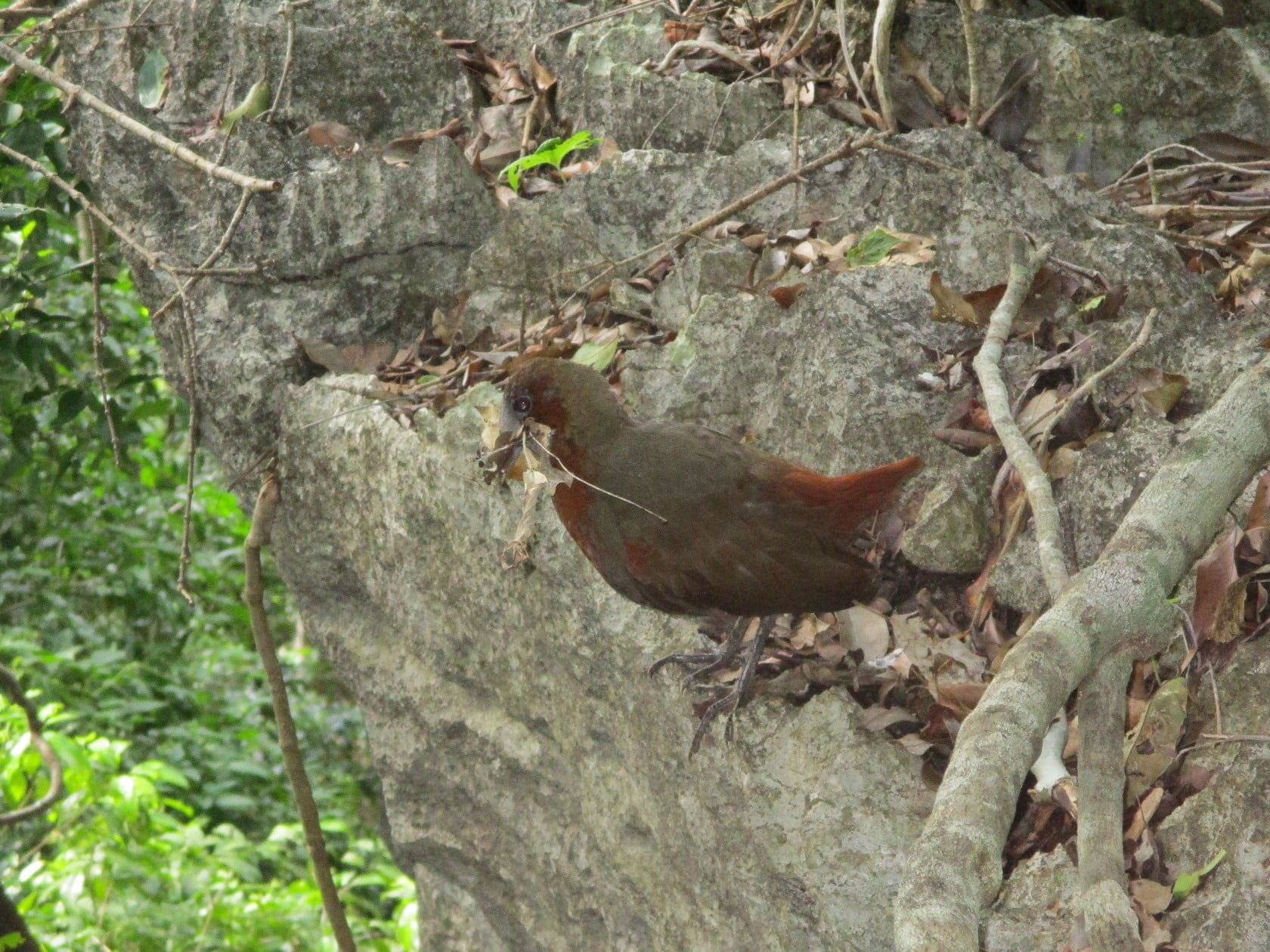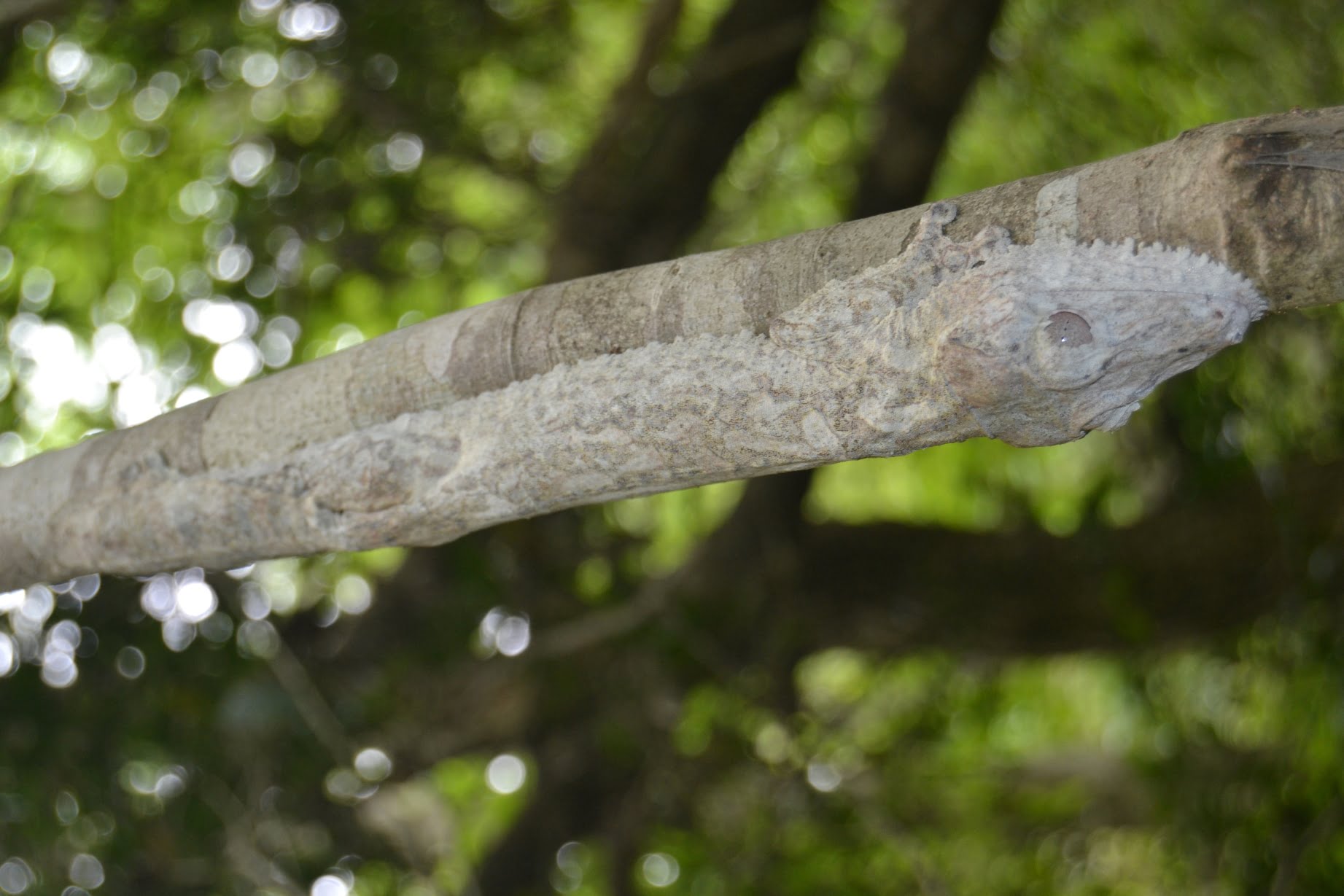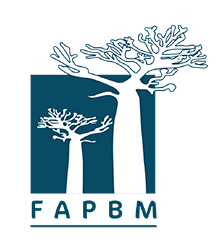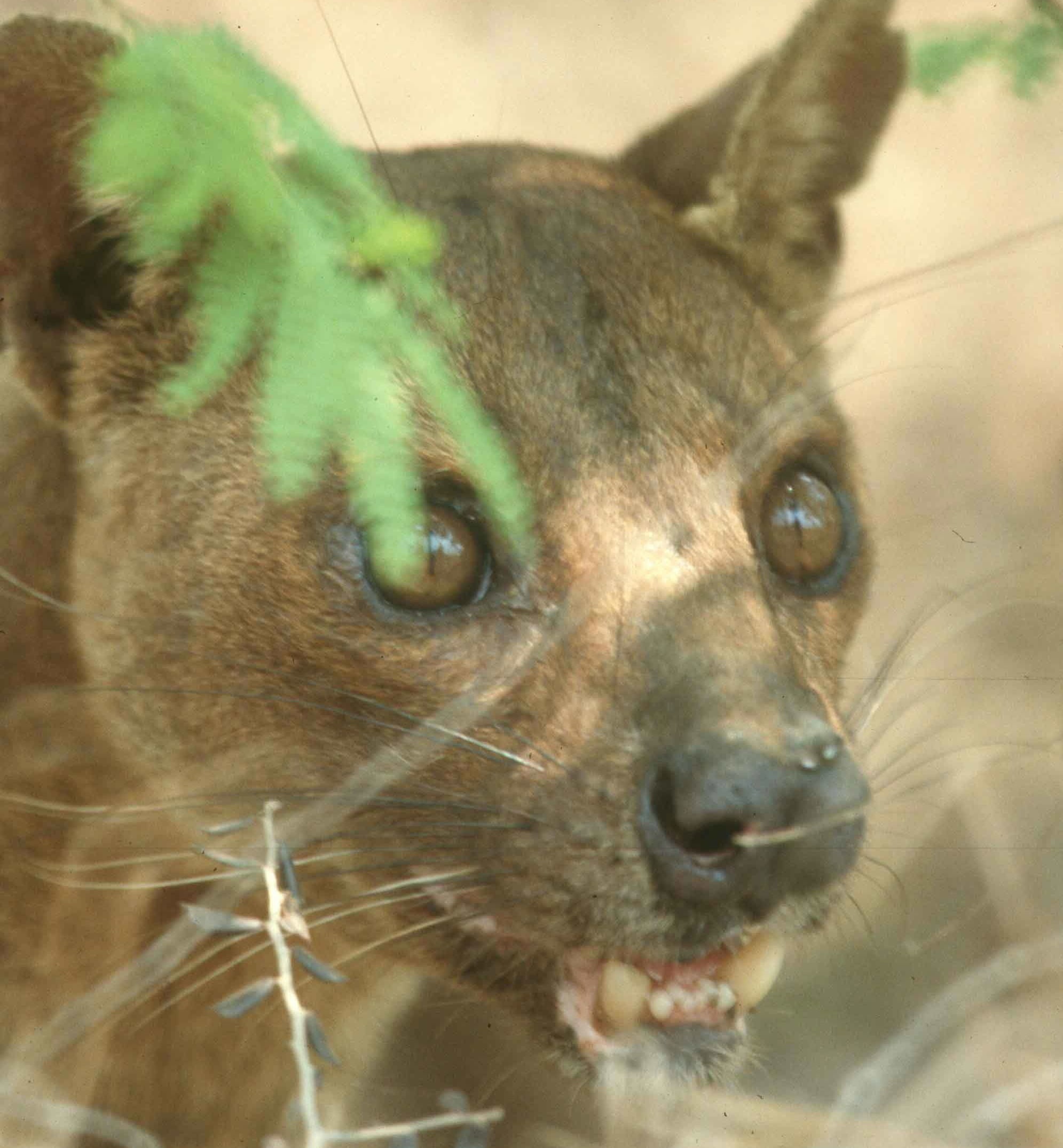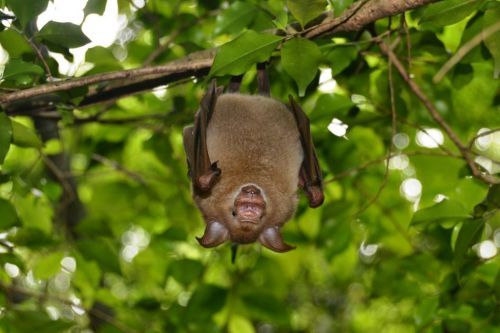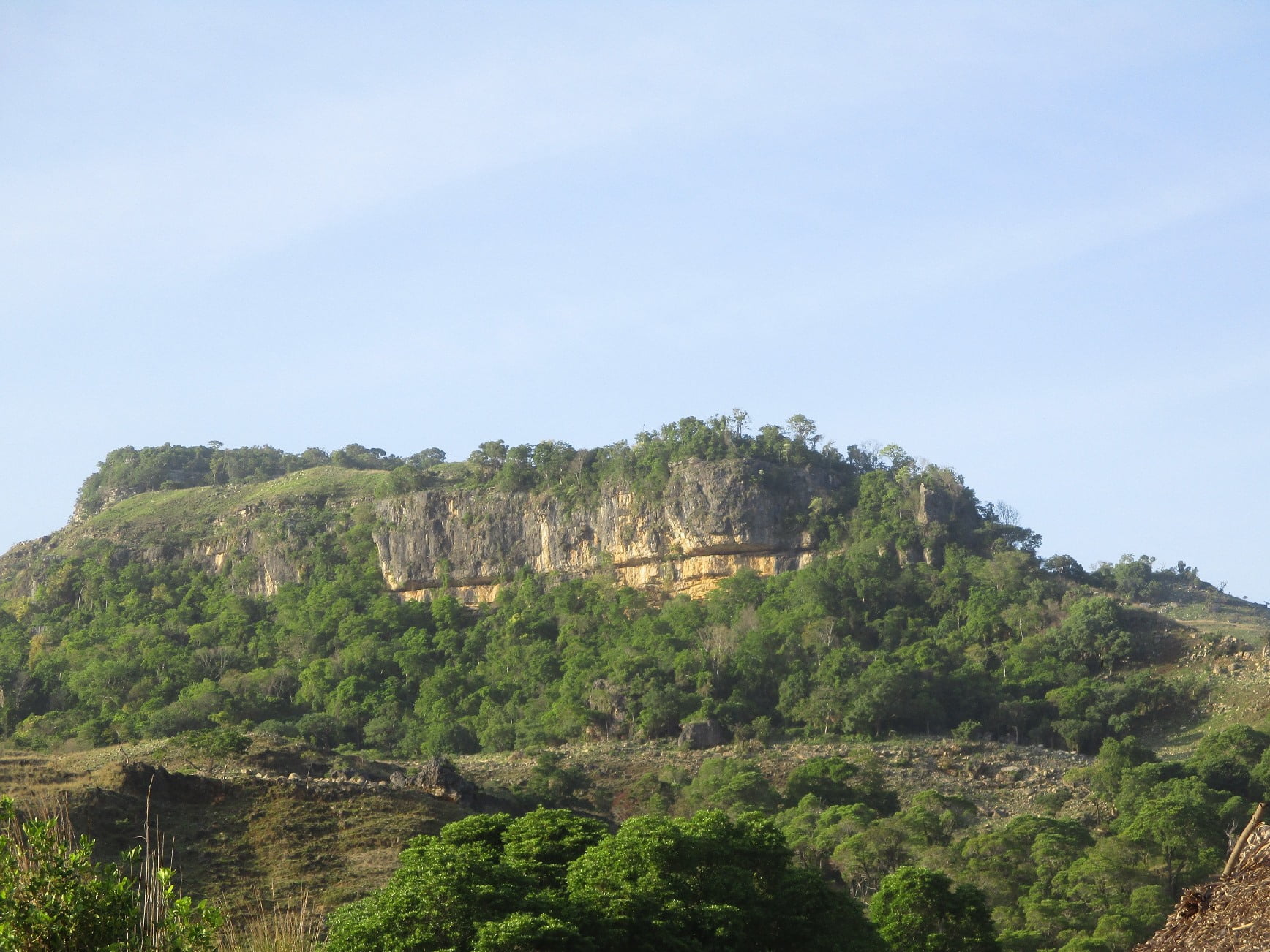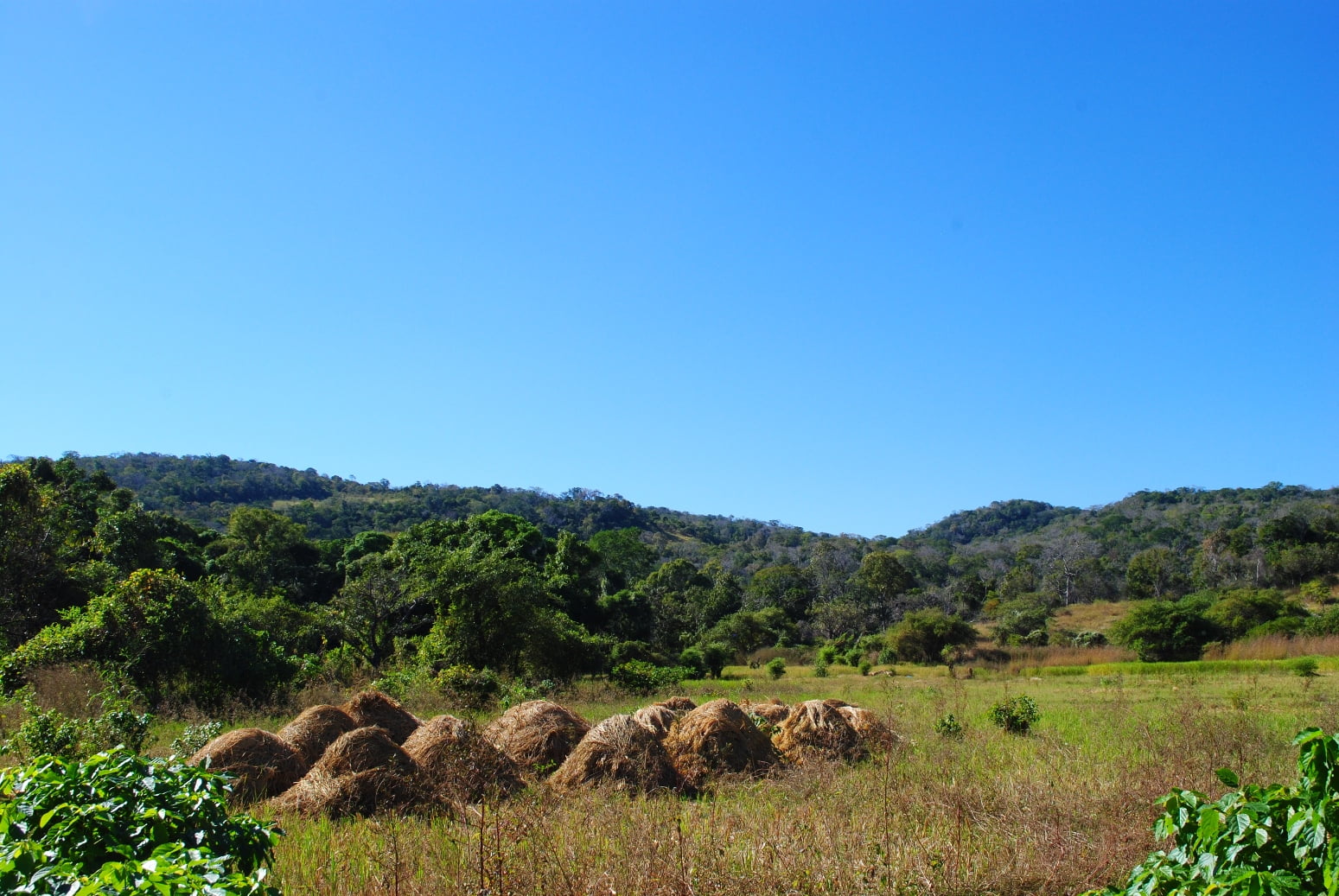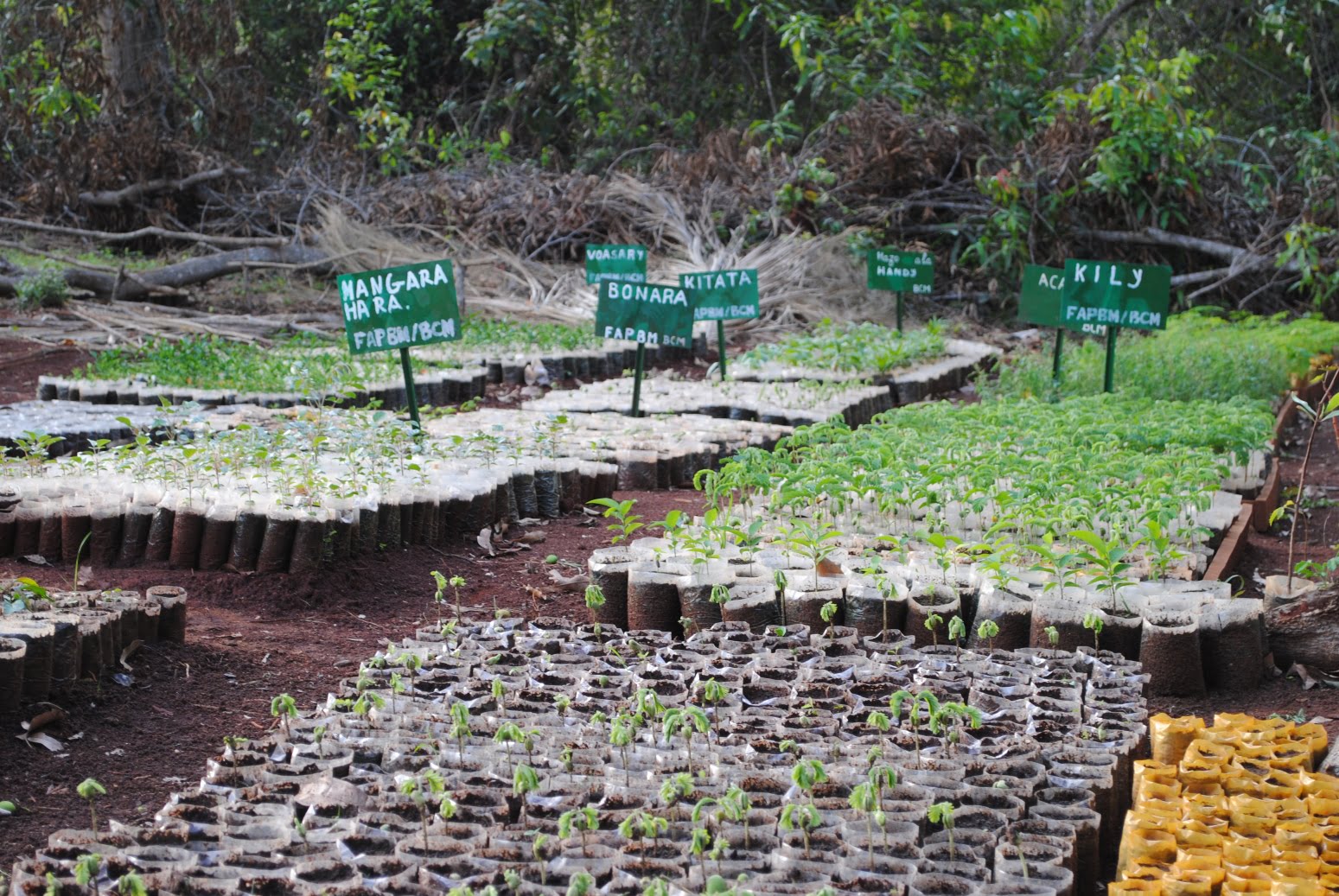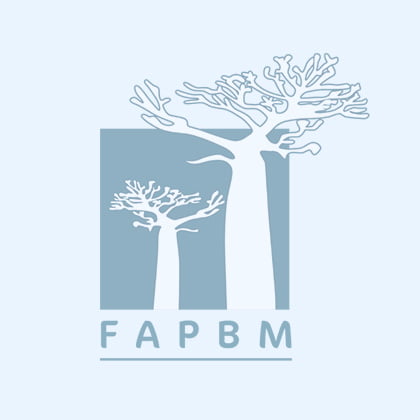Flagship Species
It is a low altitude forest block developing mainly on limestone formations of the Middle Jurassic. Two large rivers stimulating a great diversity of plant formations, a dense ground vegetation and sparser on the tsingy, run through the protected area. Biological inventory work is still in progress and attracts many researchers due to the large variety of habitats in the protected area.
More than 238 species of plants have been recorded in this protected area distributed in more than 75 families.
The fauna is composed of 10 species of lemur, 62 species of bird including the endemic species of the region: Mentocrex beankaensis, and 44 species of reptile.
